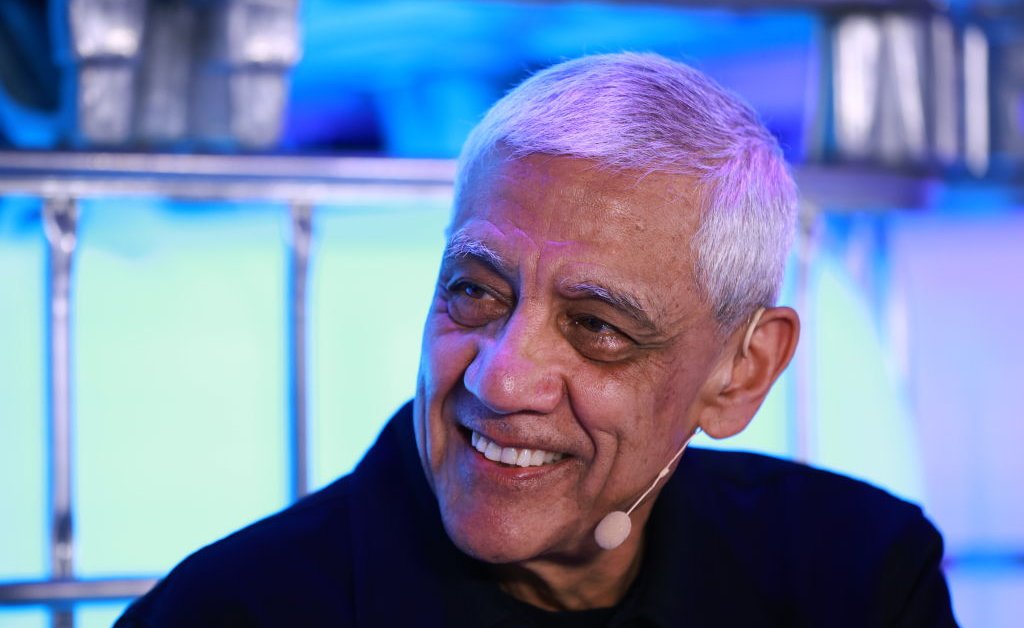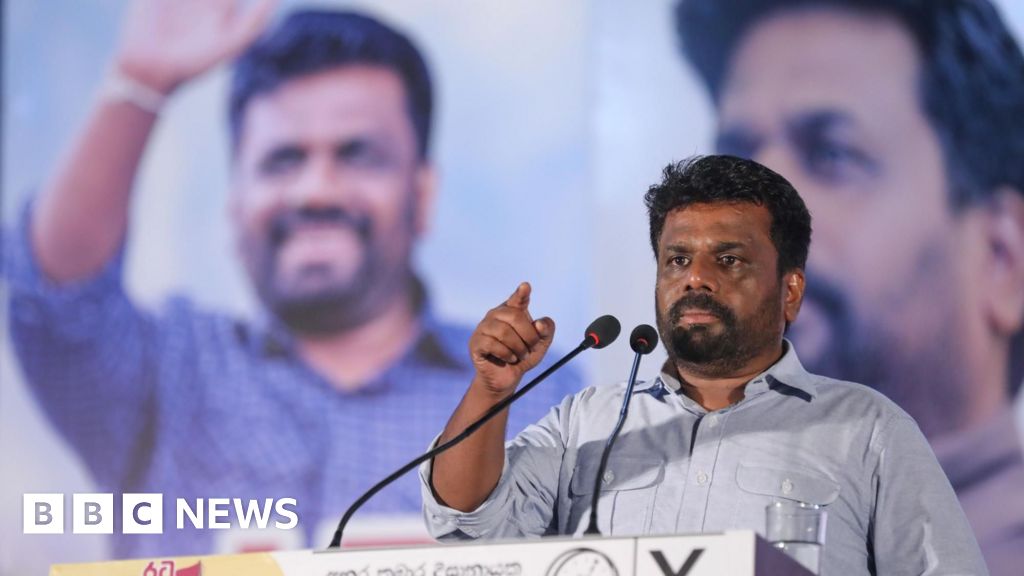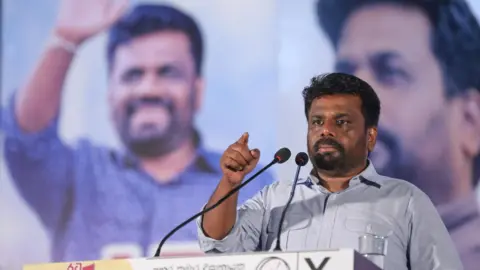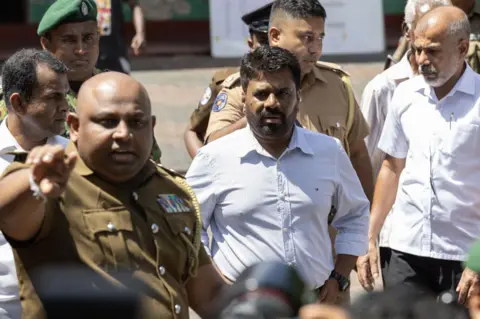From concept to completion, the French architect Jean-Louis Deniot approaches every project in the style of a meticulous auteur — developing a new commission with a narrative and storyboard and executing every minor detail of a home, right down to the cutlery. “They might move in with just their toothbrush,” the 50-year-old says of his clients with a grin, one late summer morning in his Paris office on the Quai d’Orsay.
Deniot’s HQ is one of the only office spaces in this mid-century apartment block — the French decorator Charles Sevigny once lived in the building, as did the fashion designer Hubert de Givenchy — and he has taken care to preserve a certain residential feel. From the spacious living room where we sit, fitted with glass-panelled doors and a glossy painted ceiling to reflect the light and the water from the river Seine, the layout travels through his workspace, which resembles a dining room with book-lined walls, to a seemingly endless sequence of small rooms with floor-to-ceiling windows.
It epitomises Deniot’s approach to orienteering design around natural light and how he creates balance and flow. For him, that flowing floor plan is like a sequence of vignettes. He eschews hallways in favour of the French enfilade layout to build a sense of rhythm and atmosphere. “The study of a layout is how you create energy in a space, and the more you progress throughout the home, the more detail you are fed,” he says, adding of the result: “It has to be captivating, optimistic, dreamy and contemplative.”

Since launching his company in 2000, after graduating from the prestigious École Camondo, Deniot has built an architecture and interior design business spanning five continents. Today, pinned to the cork walls in one part of the office are 3D renderings of residential projects as far-reaching as Tangier, Palm Beach, Hong Kong, Taipei, Chandigarh, New York and Qatar. The latter, a palace-like 5,000 sq m villa, is an elegant new build steeped in such intricate artisanal craftsmanship — plasterwork, wood panelling, mosaics — that it looks like a historic site. As if it has always been there.
Each of the projects on display bears Deniot’s signatures — sweeping volumes and dramatic symmetry, a richness in craft details and materials, and an overall soft and luminous palette. Influenced by his love for institutional and historic buildings (the Louvre is a recurring inspiration), his work combines the rigour and elegance of French neoclassicism and a flair for eclecticism in the tradition of Henri Samuel, whom he greatly admired.

Yet, every different project also appears distinct to its locale. In Hong Kong, he leans into rigorous lines, ombré walls, and lacquered finishes; in Tangier, his interiors speak to the sea, sky and vegetation, and he employs local craft touches, such as wickerwork, terracotta and woven fabrics. In New York, he works with steel and glass for reflection and transparency, and focuses on scale and height, in reference to the skyline as well as the city’s majestic historic homes. “The work is site-specific and contextual,” he says of how a city’s character and cultural identity feed into his designs, comparing it to a recipe. “Around the world, we all cook with the same basic ingredients, in this case, materials, but it is the way of putting them all together that makes it unique.”
He estimates around half of his projects are new builds, which allows him the freedom to create specific character profiles — a projection of sorts of the potential homeowner. There is nuance even within mere miles: between homes in Palm Beach and Miami, or between two recent London developments, a Mayfair apartment and a duplex penthouse for The Whiteley in Bayswater. “It’s quiet luxury and more suggestive, with beautiful materials and simple, clean lines,” he says of the latter, adding: “If I had to compare it to a fashion house, it would be Hermès. It’s quite masculine. Mayfair is more suited to something feminine. Chanel.”


It sounds light-hearted, but it’s big business. “Jean-Louis has a unique ability to do something really unique and arresting without making it look kitsch or over the top. His interiors are bold, and both of the moment and timeless,” says property developer Alex Michelin, co-founder of Valouran, who recruited Deniot for The Whiteley, along with US designer Kelly Behun, Linda Boronkay, Joyce Wang and others to design the 139 private apartments in all (valued from £1.5mn to penthouses upwards of £40mn).
Timelessness is something Deniot aspires to, especially with historical sites such as Cambridge House, the Grade I-listed Georgian townhouse that will open in 2025 as an Auberge Resort luxury hotel. Fittingly, the architect went full anglophile, decorating the royal suites in the aesthetics of former monarchs, such as Queen Victoria, Elizabeth II, and King George, and blanketing the “joyful and decadent” common areas in what he calls “Wedgwood colours”. He was the first choice for developer Jamie Reuben, who says, “Jean-Louis’ understanding of listed buildings and passion for history enabled him to bring this incredible building to life and begin its new chapter as a landmark site in the capital.”

Such projects are so grand in scale that some take more than a decade to develop. In 2016, he began designing the 365 apartments (180 configurations) and more than 50,000 sq ft of shared space, including a new pool, for New York’s Waldorf Astoria Residences. He referenced the building’s Art Deco DNA but played with something more geometric and abstract — drawing from the modern lines of the constructivist movement. “It gives the impression of Art Deco without being too ornamental,” he says of the project, which will finally see the light of day later this year. “We don’t count the years — it’s a labour of love — but the design needs to be sustained with time, and when it does, it’s very satisfying,” he says.
Find out about our latest stories first — follow @ft_houseandhome on Instagram





































































































































You must be logged in to post a comment Login